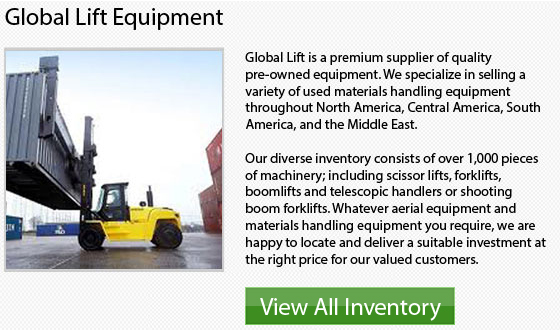
There are safety and healthy regulations governing the use of forklift trucks. Any big machine, like a forklift, is potentially dangerous and must be operated safely. The regulations and rules state that the driver should carry out daily inspections on the forklift and more thorough inspections every week and on a monthly basis. The following checks should be carried out on the forklift:
Lift Truck Brakes - the brakes are a really vital part of the lift truck machines and therefore they must be double and tripled checked. A brake inspection is carried out with various pressures and pedal heights to determine the sensitivity of the brakes. The brake lights must be inspected at the same time.
The Tires - lift truck tires are also important for the safe performance of the lift truck and to the braking system. All the tires must be inspected correctly to ensure that there are no punctures in the tires and they are inflated to the proper pressure.
Controller - the forklift controller system is inspected by operating the forks and the release to determine that the system is in good working order. Any indication of problems should be reported and tended to instantly. The lift truck must not be utilized until the controller system has been repaired.
Steering Wheel - the driver should inspect the lift truck steering wheel in order to make certain the turning of the wheel is correct. Forklift safety depends on the steering wheel responding well and functioning accurately. There are various kinds of inspections that can be performed to determine the performance of the steering wheel.
Engine Oil - the engine oil needs to be inspected by removing the dip stick from the forklift engine. The dipstick would show the oil color and the level of the oil. The oil must be refilled if the level is too low. If the colour is off, there might be contamination occurring.
Fire Extinguisher - forklifts are required by law to carry a fire extinguisher. This fire extinguisher would need to be tested to ensure it would function properly in case of a fire. Different types of fire extinguisher must be checked in specific ways. For instance, a dry chemical extinguisher must be shaken.